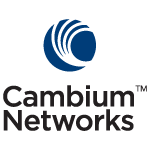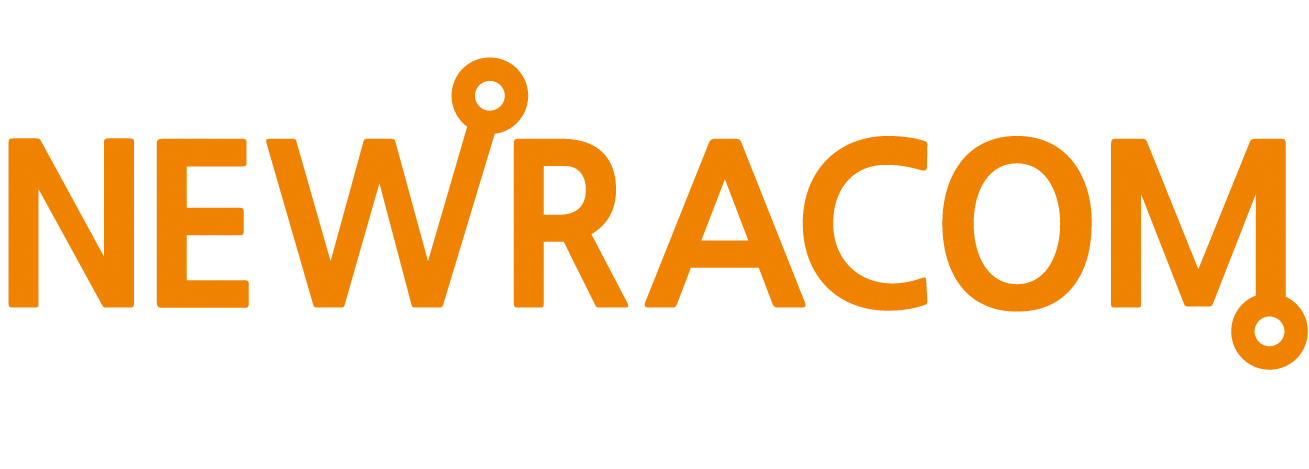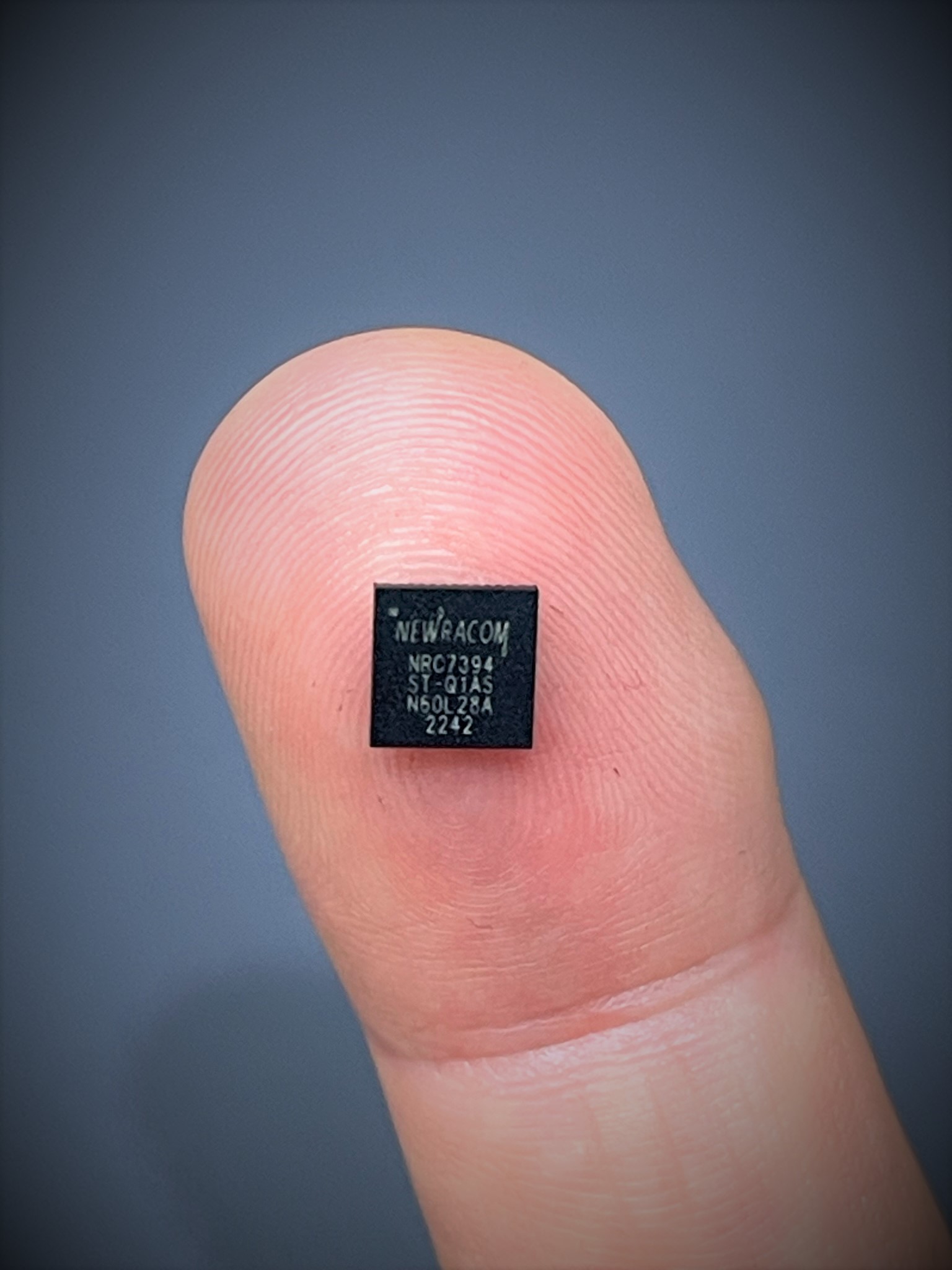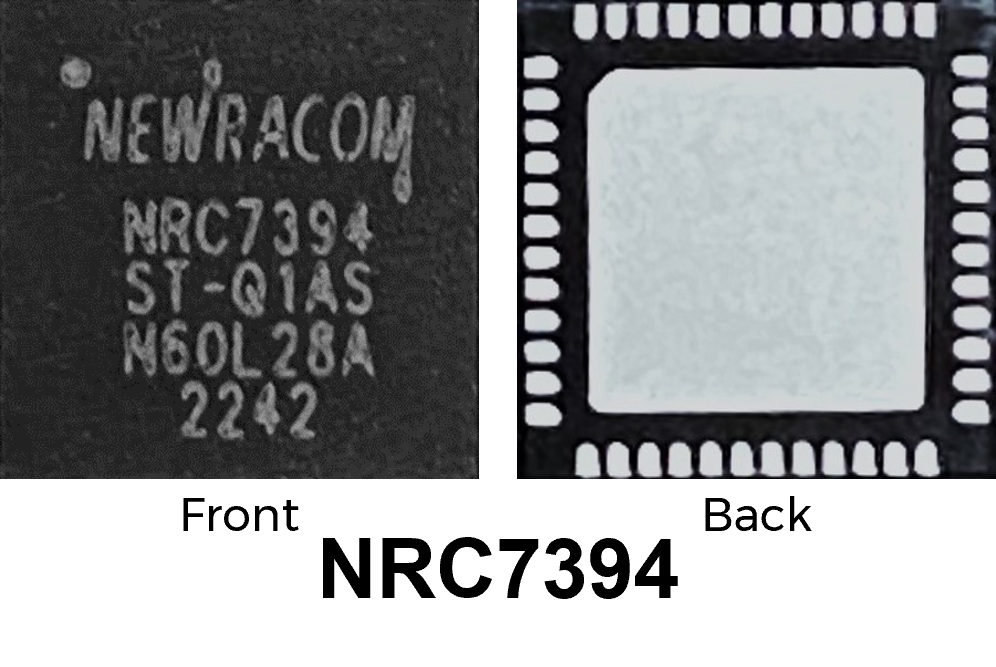Austin, TX and Washington, D.C. – May 24, 2023 – Wi-Fi Alliance® hosted member companies Broadcom, Cisco Systems, Extreme Networks, LitePoint, MediaTek, Qualcomm, and RUCKUS Networks/CommScope for an AFC Device Under Test (DUT) Test Harness event. The goal of the event was to validate test harness implementation and to assess standard power device readiness to operate in conformance with requirements established by regulatory authorities such as the U.S. Federal Communications Commission (FCC). The event successfully demonstrated compliance of all devices with the Wi-Fi Alliance System to Device Interface (SDI) specification and their readiness to effectively operate under the control of an AFC system.
The AFC DUT Test Harness simulates the behavior of an AFC system and is used to automate procedures described in the AFC DUT Compliance Test Plan for 6 GHz standard power devices. The successful outcome of this event underscores the Wi-Fi® industry’s readiness towards enabling 6 GHz standard power device operation. Significant accomplishments of this event included:
- Successful validation using the AFC DUT Test Harness of all test cases of standard power devices according to the latest AFC DUT Compliance Test Plan and the AFC DUT Compliance Test Vectors specifications.
- A diverse mix of AFC DUT implementations – including standalone devices and non-standalone devices with local and cloud proxy implementations – demonstrating all combinations of the AFC DUT Compliance Test Vectors, including both Channel and Frequency Available Spectrum Inquiry Request messages.
- Confirmation that the AFC DUT Test Harness supports both automated and manual radio frequency measurements using RF test equipment.
Recent forecasts indicate that standard power 6 GHz devices will drive a 50+% increase in overall Wi-Fi access point shipments by 2028.[1] Wi-Fi Alliance looks forward to enabling this growing ecosystem and is working with regulatory authorities to enable standard power Wi-Fi operations around the world.
For more information on 6 GHz AFC resources, please visit https://www.wi-fi.org/discover-wi-fi/6-ghz-afc-resources.
Industry support for this milestone:
“Standard power Wi-Fi 7 will be a game changer, not only for outdoor networks, but to provide a significant boost to indoor wireless broadband. The Wi-Fi Alliance test harness will provide a pathway for industry to certify that standard power access points operating under the control of an Automated Frequency Coordination (AFC) System comply with regulatory requirements. Broadcom was delighted to collaborate with industry partners to validate standard power 6 GHz Wi-Fi market readiness.” – Christopher Szymanski, Director of Product Marketing, Wireless Communications and Connectivity Division, Broadcom
“Thanks to Wi-Fi Alliance, industry partners, and our team for this successful event. Cisco is fully committed to continued contribution and collaboration towards the success of the AFC program and 6 GHz standard power market availability.” – Bahador Amiri, Senior Director of Wireless Engineering, Cisco Systems
“RUCKUS Networks is excited to have participated successfully in the Wi-Fi Alliance AFC DUT Test Harness testing event with R560, one of our Wi-Fi 6E APs, and AFC proxy. This demonstrates a significant milestone in the development of AFC and takes the industry much closer to realizing the benefits of full, standard power in the 6 GHz band. RUCKUS’s AFC Proxy will enable a fully scalable, enterprise-grade support for deployment of our 6 GHz Access Points, taking advantage of this once-in-a-generation increase in Wi-Fi capacity, extending Wi-Fi performance into reliable multi-gigabit speeds,” – Bart Giordano, SVP & President, Networking, Intelligent Cellular & Security Solutions (NICS), CommScope
“Extreme continues to drive the Wi-Fi industry forward and the most recent milestone is the validation of our standard power access points in accordance with AFC DUT Compliance – which is a significant step in the broader industry’s adoption and transition to embracing standard power 6 GHz Wi-Fi. This accomplishment is a testament to our commitment to securing FCC certification for standard power devices, a crucial step toward implementing Automated Frequency Coordination. We look forward to the completion of FCC certification requirements as it pertains to Wi-Fi 6E as it will drive a significant wave of innovation, performance, and experiences like we have never seen before.” – Dan DeBacker, Senior Vice President of Product Management, Extreme Networks
“As a leader in wireless test solutions, LitePoint is pleased about the continued collaboration with Wi-Fi Alliance to enhance the adoption of the 6 GHz band. With the success of the forthcoming AFC certification, standard power access points will facilitate high density deployments and offer uninterrupted connectivity at both scale and speed. LitePoint’s test equipment will continue to assist product makers in their AFC certification journey and ensure that the Wi-Fi products they ship consistently meet and exceed the highest industry standards.” – Adam Smith, Director of Product Marketing, LitePoint
“Our leadership in Wi-Fi technology would not be complete without ensuring our customers have easy access to AFC solutions. We are delighted to have successfully participated in the Wi-Fi Alliance AFC DUT Test event alongside our industry partners. Our Filogic Wi-Fi 7 and 6E chips commit to support standard power operation in 6 GHz spectrum for companies who produce Wi-Fi devices.” – Alan Hsu, Corporate Vice President of Intelligent Connectivity Business Unit, MediaTek
“We applaud Wi-Fi Alliance’s progress towards advancing the certification of AFC. We have been an active participant in enabling the industry with AFC DUT Compliance testing framework as it is a vital step towards enabling improved access to this important spectrum. Qualcomm Technologies turnkey AFC Solution’s agent meets the requirements of the AFC DUT Compliance Test Plan, an important milestone towards commercial enablement.” – Ganesh Swaminathan, Vice President and General Manager, Wireless Infrastructure and Networking, Qualcomm Technologies, Inc.














